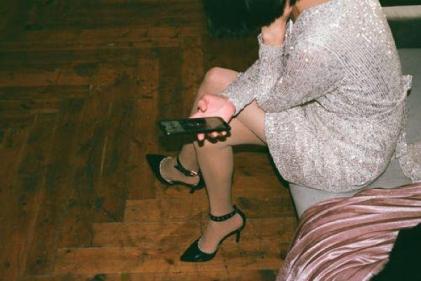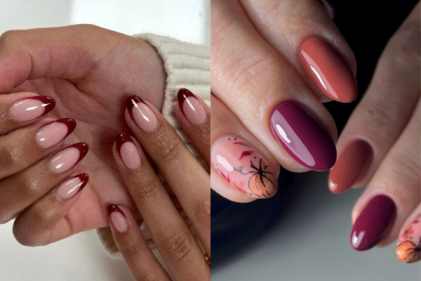You would be hard pressed to find a toddler that didn’t have a bruise of some kind but there are certain situations when bruises should concern you.
Most of the time, a bruise is totally harmless. It’s the body’s way of reacting to a bump of the skin. There are hundreds of tiny blood vessels under the skin. When your child bumps into something or falls down, these blood vessels may rupture and leak blood into the tissues. This causes the initial “black and blue” bruise. Within a few days, the bruise will turn a greenish-yellow colour. This indicates that the body is breaking down the blood that leaked into the tissue. Although not pleasant to look at, this colour means that it is healing.
In children, bruises are normally more noticeable because a child’s skin is thinner than adults. When your toddler gets a bruise, you should use ice packs in 15 minute cycles to reduce swelling and pain. Do this several times during the first two days if necessary. You can also administer paracetamol or ibuprofen if your child is in pain.
When do you know when a bruise is serious? If any of the following are true, seek medical attention.
· If your toddler takes a bad fall and the bruising is accompanied with other symptoms, you should take them in to be examined.
· If your toddler has a bruise that is located behind the ear this could indicate a skull fracture.
· If a bruise does not start to fade within 14 days or your child’s pain lasts for more than 24 hours.
· If the injured area has a cut or open wound and your child shows signs of infection such as swelling, pus, or fever.
If your child is coming home with bruises and you are at all suspicious as to how they are getting so many bruises, you must investigate for your child’s safety.











